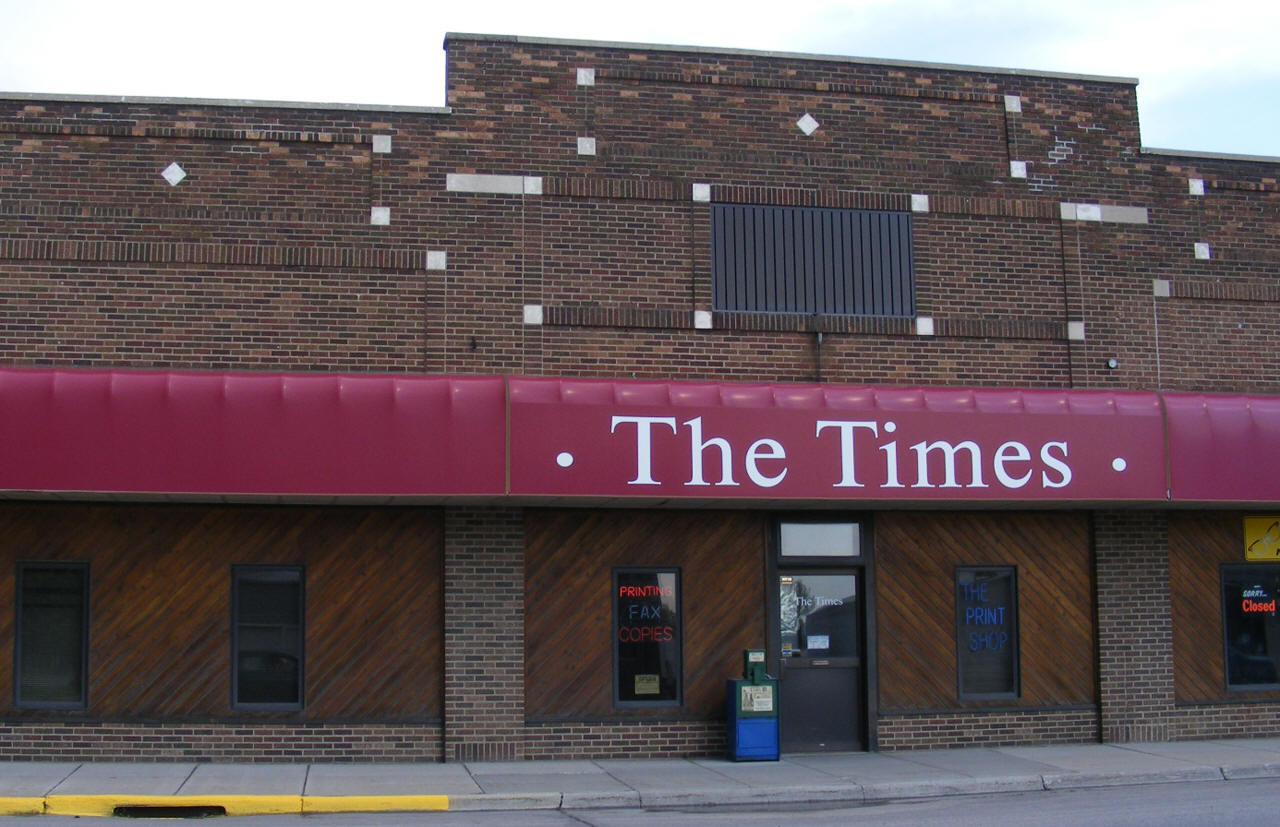


There were 3,802 households, of which 27.6% had children under the age of 18 living with them, 39.0% were married couples living together, 12.2% had a female householder with no husband present, 5.2% had a male householder with no wife present, and 43.7% were non-families. Hispanic or Latino of any race were 3.2% of the population. The racial makeup of the city was 92.0% White, 2.1% African American, 1.9% Native American, 0.7% Asian, 1.0% from other races, and 2.3% from two or more races. There were 4,061 housing units at an average density of 809.0 per square mile (312.4/km 2).

The population density was 1,707.8 inhabitants per square mile (659.4/km 2). 2010 census Īs of the census of 2010, there were 8,573 people, 3,802 households, and 2,141 families residing in the city. Thief River Falls has a humid continental climate ( Dwb) with warm to hot summers and cold to severely cold winters.ĭemographics Historical population CensusĪccording to the ethnic heritage section of the 2000 Federal Census, 50% of Thief River Falls residents identify themselves as Norwegian-American, making Thief River Falls one of the most ethnically concentrated towns in the nation. Thief River Falls is located approximately 70 miles (110 km) south of the Canada–United States border and 52 miles (84 km) northeast of Grand Forks, North Dakota, in the northwest region of Minnesota. Highway 59 and Minnesota State Highways 1 and 32 are the three main routes in the community. Thief River Falls is located at the confluence of the Red Lake and Thief rivers. The Great Northern and the Soo Line railroads brought prosperity when Thief River Falls became a center for shipping wheat.Īccording to the United States Census Bureau, the city has a total area of 5.21 square miles (13.49 km 2), of which 5.02 square miles (13.00 km 2) is land and 0.19 square miles (0.49 km 2) is water. It is located in a major agriculture area because of the rich soil left by ancient Glacial Lake Agassiz. Thief River Falls first developed as a lumber-milling town. The eponymous town site was established in 1887 and later incorporated as a city in 1896. Thief River Falls marked the limit of navigation on the Red Lake River. This Indian Reservation was dissolved in 1904 and their population incorporated as part of the Red Lake Band of Chippewa. In the Treaty of Old Crossing of 1863, the Moose Dung's Indian Reservation was established on the west bank of the Thief River, at its confluence with Red Lake River. The name of the river is a loose translation of the Ojibwe phrase Gimood-akiwi ziibi, literally, the "Stolen-land river" or "Thieving-land river", which originated when a band of Dakota Indians occupied a secret encampment along the river, hence "stealing" the land, before being discovered and routed by the neighboring Ojibwe. Thief River Falls takes its name from a geographic feature, the falls of the Red Lake River at its confluence with the Thief River. Thief River Falls is the county seat for Pennington County. The population was 8,749 at the 2020 census. Thief River Falls, sometimes referred to as Thief River or abbreviated as TRF, is a city in Pennington County in the northwest portion of the U.S.


 0 kommentar(er)
0 kommentar(er)
